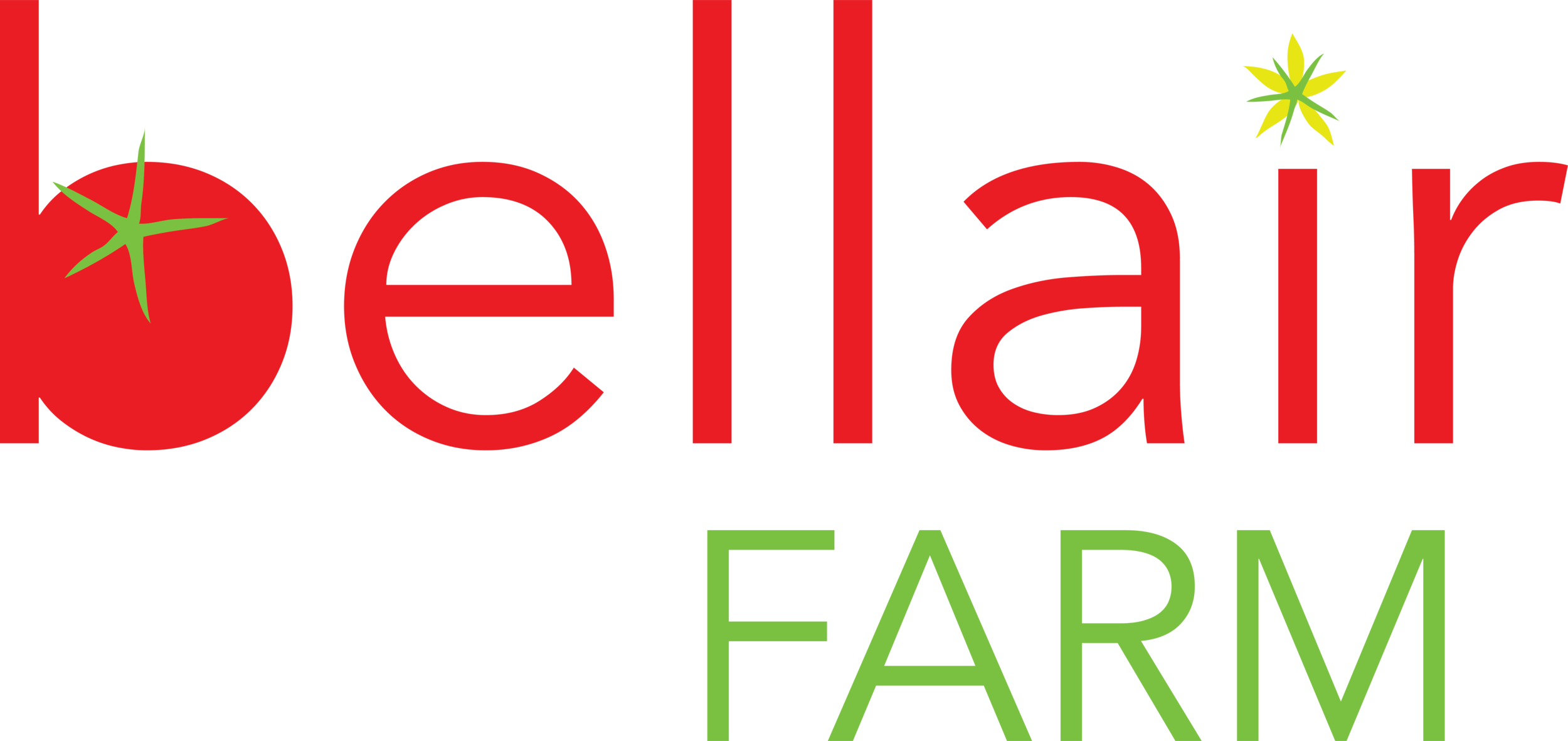Bellair Farm Past and Present
Nature is a constant, but we will not be unless we can take care of our world and each other. This tree frog brings me hope.
In just the relatively short time I've been on the farm (10 years), I could fill a book with stories from the fields. Attempts, failures, triumphs, tragedies and oh so much slogging. I often wonder about the workers of the past. My first delve into this history was pulled from the National Register of Historic Places when I was writing the "About the Farm" page on our first website years ago. There's plenty to learn about the architecture and the past owners of the farm from about 1790 on. There's Reverend Wingfield, for whom the north pasture is still named or John Timberlake, namesake of the lake on the farm. There's Marshall Wells, famed architect behind many Albemarle estates. These men were the friends of Jefferson, the man Charlottesville cherishes perhaps above all others.
But I'm not really interested in Palladian architecture or these friends of Jefferson. I'm much more interested in the land and those who worked it. I'm interested in the crops they grew and how they harvested them. I'm interested in how they processed those crops and how they distributed them. I'm interested in how much of the land was in forest and what species were present. I'm interested in the meals folks ate and how they cooked them. We all know that many of the people who worked these fields (and mills and forges) did so against their will. We know the names of the men above and many others but we don't know the names of the people doing the work, actually making it happen. One thing that the histories love to mention is how Timberlake and Wingfield and [insert other white men] planned to emancipate their slaves upon their death. What I didn't know until recently is that it almost never actually happened.
And even before the tragedy of slavery stained this place, the land itself was seized from the Monacan people. There is proof in the arrowheads we still find in Great Field to this day. People lived here for 12,000 years and most of the "history" goes back just to 1790. The extraction and exploitation of the past are almost too great to imagine but I feel an increasing need to lean into that. I've taken it upon myself to learn more than just that surface story. Thanks to a former crew member who did a "Cultural Landscape Report" on Bellair for a class at UVA, I've found another much longer and much more in-depth report on the history and pre-history of Southern Albemarle. I'm only a little ways in, but I've learned that the type of arrowheads we've found are "Savannah River point" type, circa 1500 BC.
I know so much has changed and yet so much has stayed the same. The sun still beats down hard in the summer. The Hardware will still burst her banks after about 4 hard inches of rain, as she likely has for centuries. There are gray tree frogs hiding in the foliage; then as now. I will never be able to make up for the things that have happened here, but I won't waste the privilege of working this land of my own volition. I will love this land and I will care for it. I will try to use it for good in this world. I will try to learn what I can and be a better human.

